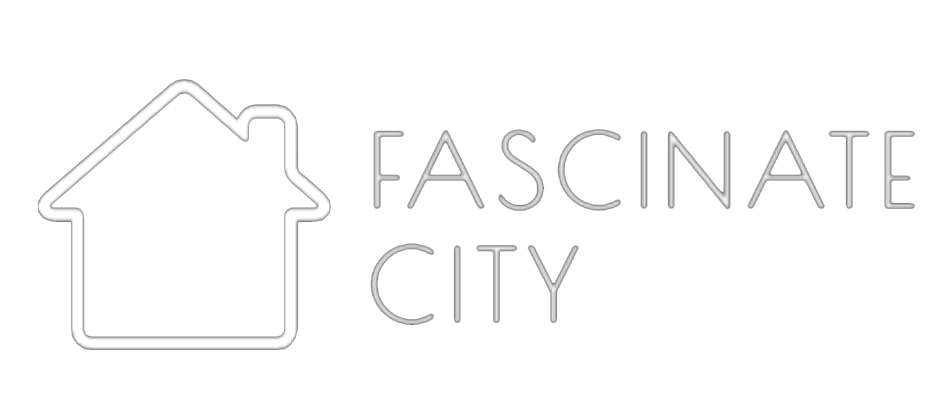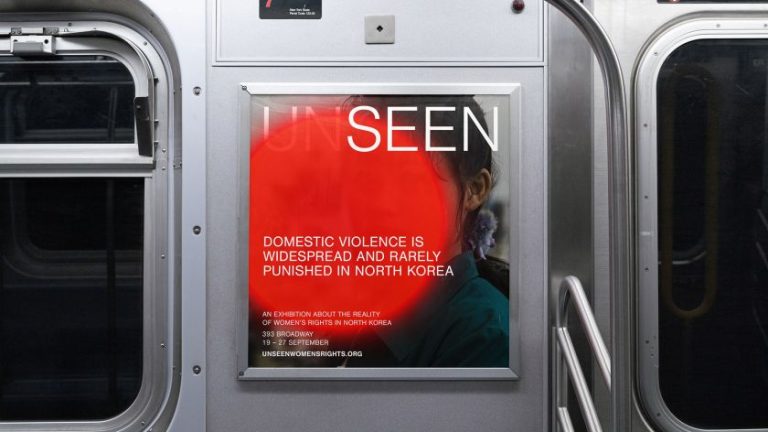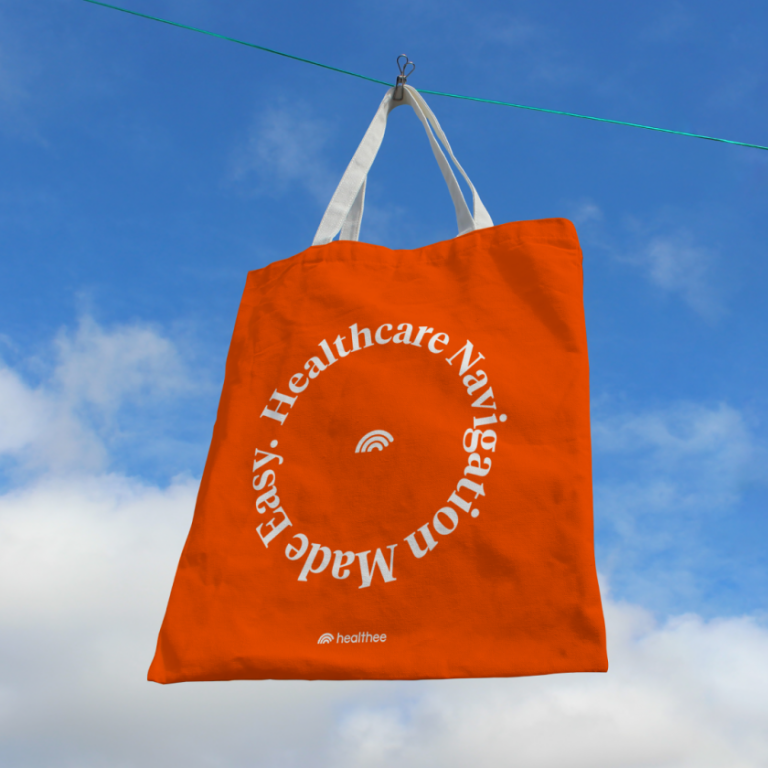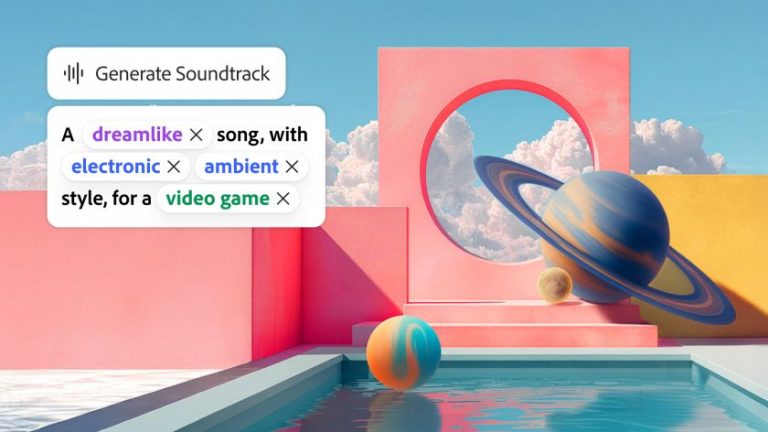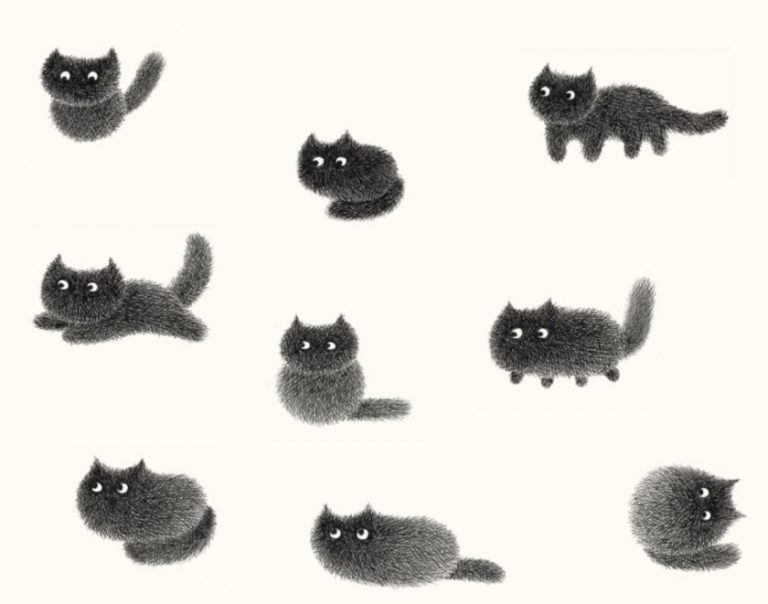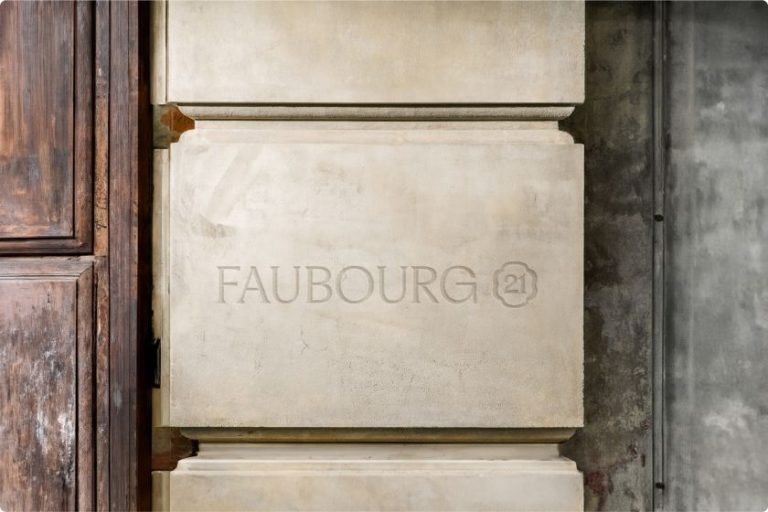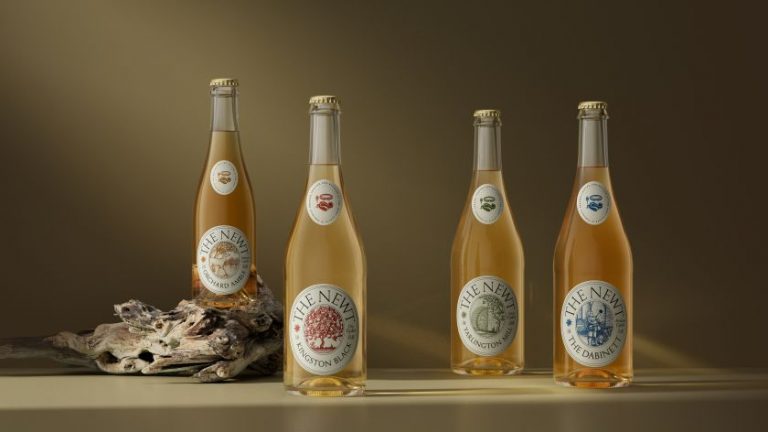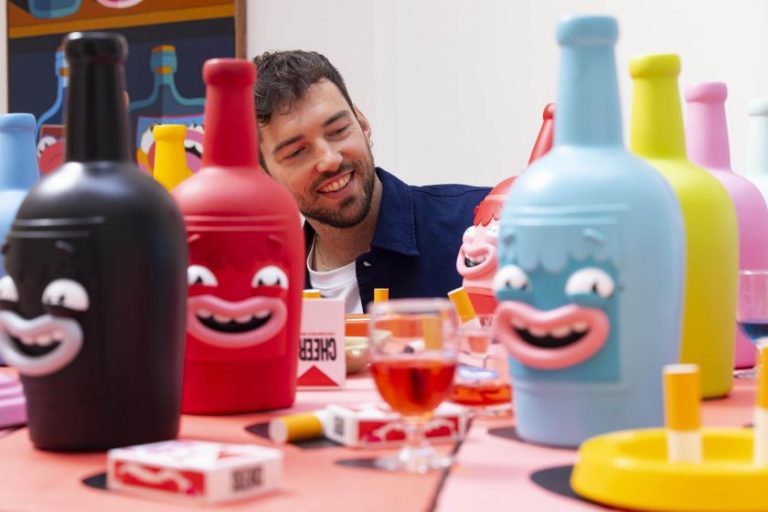The Brussels-based artist has partnered with Evoca Foundation and Giga to champion digital access for girls everywhere.
For Cécile Cuny, magic has always lived in the overlooked. The way a personified object suddenly gains personality is intriguing. The sense of independence radiates from a girl discovering her own power. The comfort found in something that consoles rather than demands is invaluable.
These are the building blocks of her visual world, and they’re also the foundation of her animation project: Close the Gap, a short film released to mark International Day of the Girl earlier this month.
Co-produced with the Evoca Foundation, which focuses on education, climate action and supporting women and girls, and Giga, an initiative to connect every school to the internet, the film addresses the gender digital divide. Today, 122 million girls are out of school globally, and nine in 10 adolescent girls in low-income countries lack internet access, whilst their male peers are twice as likely to be connected.
Close the Gap reframes this disparity not as an unfortunate reality but as a call to action, positioning safe, affordable internet access as a fundamental right rather than a privilege.
Cécile’s involvement began with a serendipitous connection. “I was contacted by Pandora Haydon from the Evoca Foundation,” she explains. “They had seen my work featured on It’s Nice That, and I think both the name of my universe [Girlsandparks] and the world I’ve built resonated with them. We talked about the project, and we clicked!”
The alignment felt natural because for Cécile, placing girls at the heart of narratives is itself a political act. “For me, focusing on them is already a way to give them space, to show that they exist and deserve to be seen,” she explains. “By telling their stories, I want to show something different from the perspectives that traditionally hold power.”
Dream logic
The visual language of Close the Gap draws heavily from Cécile’s lifelong fascination with retro anime. “I’ve always loved the idea of the magical girl: that sense of independence and radiance young girls have when they discover their powers,” she says. “With this video, I was aiming for something pop, dreamy and magical, with visuals that feel fresh and intriguing. I wanted to bring a sense of wonder and softness.”
Equally important is Cécile’s signature use of personified objects; a technique that might seem whimsical but carries surprising emotional weight. “I like seeing a kind of soul in objects,” she observes. “And giving life to them allows for more emotional storytelling and playful staging. I’m a collector of cute, personified objects myself, and I especially love it when something that isn’t meant to have eyes suddenly does. It instantly becomes more endearing, allowing us to project feelings onto inanimate things and notice and care about what might otherwise seem insignificant. It opens a space for double interpretation.”
Balancing these playful elements with the gravity of her message, of course, requires deliberate craft. “My creative process is quite instinctive, like a small recipe,” Cécile says. “I try to adjust the balance between playfulness and cuteness, depending on the message I want to share. Sometimes I include more neutral or serious expressions, or more detailed, painterly scenes to contrast with lighter, more naïve moments.”
Cécile chose animation specifically for its capacity to create emotional resonance. “To me, it’s a way to express emotions that I sometimes struggle to convey through still illustration,” she reflects. “We live in a digital world where moving images have such a strong impact. Movement creates magic: it’s immersive and emotionally powerful from my own perspective.”
This immersive quality proves helpful when communicating abstract concepts like digital equity. Animation doesn’t simply show the problem; it allows viewers to feel it, drawing them into the world Cécile has created.
Complex reality
For all the wonder in Close the Gap, Cécile remains clear-eyed about the complexities surrounding digital access. “The internet can be both wonderful and harmful,” she says. “I’m very aware of how addictive it can be, and how easily young people can be exposed to dangerous or unhealthy content. It’s a complex space.”
Yet this awareness deepens rather than diminishes her commitment to the cause. “I still believe that everyone should have the right to connect,” she reasons. “Because beyond the risks, the internet also offers incredible possibilities: to learn, to see new perspectives, to discover other cultures, and to find inspiration beyond one’s immediate environment. It allows people to build their own identity, to find communities and emotional connection, especially for those who might feel isolated in real life.”
The message Cécile hopes the film conveys is rooted in her core artistic philosophy. “I want to give girls a sense of wonder, empowerment, and inspiration,” she explains. “In my own small way, I hope to bring them a bit of magic, to let them see images and symbols they might not usually have access to. I want the film to feel like a little story they can simply enjoy, even beyond its campaign purpose. Because sometimes, the simplest stories carry the biggest dreams.”
Beyond Close the Gap, Cécile is channelling this momentum into new projects that extend her storytelling universe. “I’m currently finishing my first illustrated children’s book, which will be released in September 2026,” she reveals. “Like Close the Gap, it follows a young girl surrounded by her personified imaginary friends. Alongside that, I’m developing my work in animation, and keep building my creative world, Girlsandparks, and Close the Gap fits perfectly within it; it feels like real encouragement for what’s to come.”
